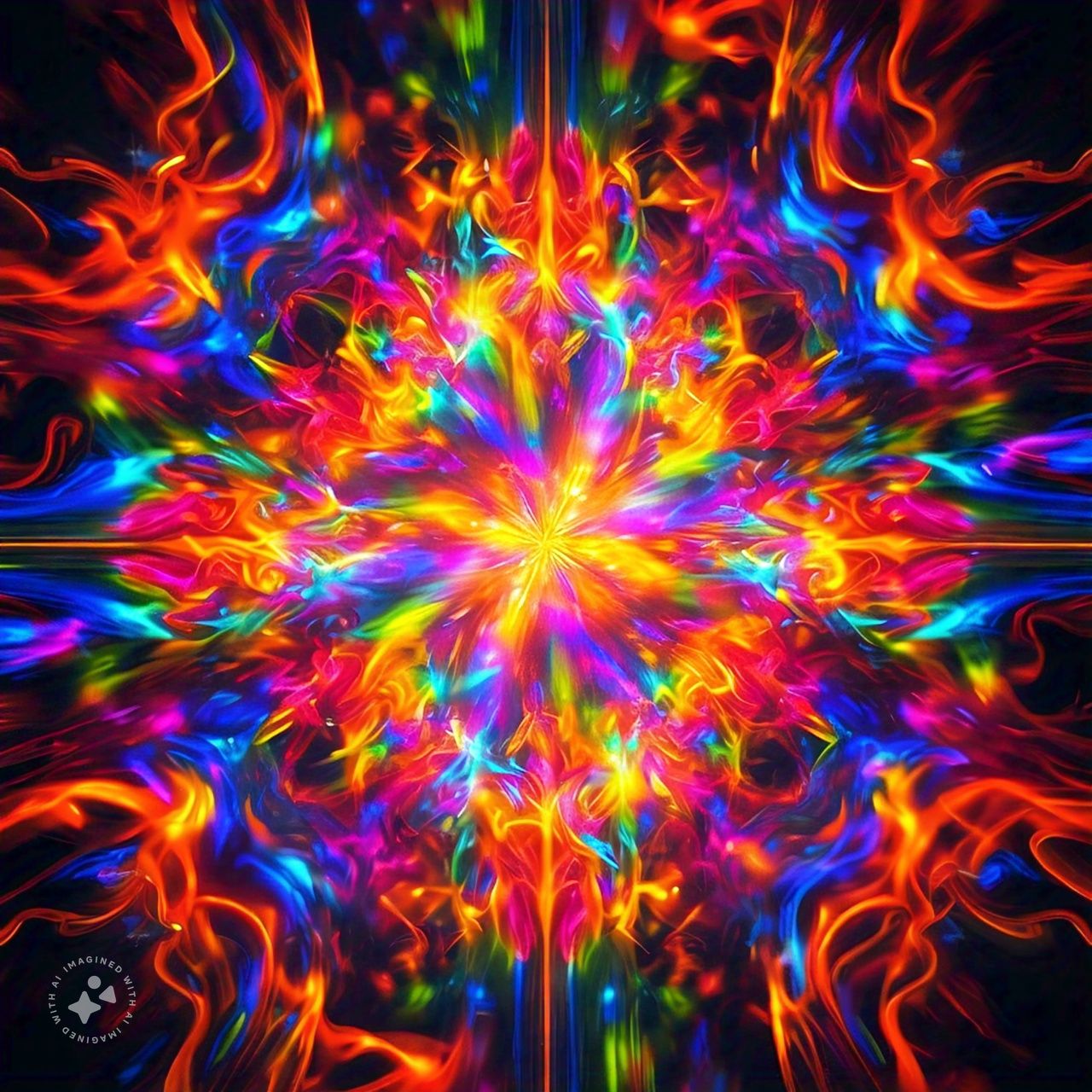The Role of Light in Photography: Capturing Moments

Photography is an art form that relies heavily on the manipulation of light. The way light interacts with your subject can dramatically alter the mood, clarity, and overall impact of your photos. Understanding the role of light is crucial for capturing moments that are not only visually stunning but also emotionally compelling. In this article, we’ll explore how light affects photography, different types of lighting, and techniques for using light to enhance your images.
The Essence of Light in Photography
At its core, photography is about recording light. The term “photography” itself derives from the Greek words “photo” (light) and “graphos” (drawing), meaning “drawing with light.” Light exposure affects everything in a photograph, from the colors and textures to the mood and depth. Without light, there are no photographs.
Understanding Exposure
Exposure is the amount of light that reaches your camera’s sensor or film. It is controlled by three main elements: aperture, shutter speed, and ISO. These components work together to create the right balance of light in your photo.
- Aperture: The size of the lens opening through which light enters the camera. A larger aperture (lower f-number) allows more light in and creates a shallower depth of field, which can blur the background and emphasize the subject. Conversely, a smaller aperture (higher f-number) lets in less light and provides a greater depth of field, making more of the scene in focus.
- Shutter Speed: The amount of time the camera’s shutter remains open. A fast shutter speed freezes motion and captures sharp images of moving subjects, while a slow shutter speed can blur motion, adding a sense of movement to the image.
- ISO: The sensitivity of the camera’s sensor to light. Higher ISO settings are useful in low-light conditions but can introduce noise or graininess into the image. Lower ISO settings provide clearer images but require more light to achieve the same exposure.
Types of Light in Photography
Different types of light can dramatically influence the look and feel of your photographs. Here are some common lighting conditions and their effects:
Natural Light
Natural light is the light available from the sun and its reflections. It’s the most accessible form of light and can create beautiful results, but it’s also the most variable.
- Golden Hour: This refers to the period shortly after sunrise or before sunset when the light is soft and warm. The low angle of the sun creates long shadows and a golden hue that adds warmth and depth to images.
- Blue Hour: The time just before sunrise and after sunset when the sky takes on a deep blue color. The light is diffused and even, making it ideal for capturing landscapes and cityscapes.
- Overcast Light: Cloudy or overcast skies diffuse sunlight, resulting in soft, even lighting that reduces harsh shadows and highlights. This is ideal for portraits and macro photography.
Artificial Light
Artificial light comes from man-made sources such as lamps, flash units, and studio lights. It provides control and consistency but requires careful management to avoid unwanted effects.
- Flash: A common source of artificial light used to fill in shadows and illuminate subjects. On-camera flash can create harsh shadows, but off-camera flash and diffusers can provide more flattering and natural-looking light.
- Continuous Lighting: Light sources like LED panels or tungsten lights that remain on continuously. They offer the advantage of seeing how the light affects the scene in real time, allowing for precise adjustments.
- Studio Lighting: Professional setups often include multiple light sources, such as key lights, fill lights, and backlights, to create a balanced and controlled lighting environment. Studio lighting is ideal for portraits and product photography.
Techniques for Using Light Creatively
Mastering light involves more than just understanding its basic properties; it also requires creative application to enhance your images. Here are some techniques for using light to capture compelling moments:
Backlighting
Backlighting occurs when the light source is behind the subject. This technique can create dramatic silhouettes and highlight the edges of your subject, making it stand out against a bright background. It’s particularly effective for capturing the translucency of objects like leaves or petals.
Side Lighting
Side lighting comes from the side of the subject, creating strong contrasts between light and shadow. This can enhance textures and shapes, adding depth and dimension to your images. It’s a great technique for portrait photography, as it emphasizes facial features and expressions.
Diffusing Light
Using diffusers, such as softboxes or translucent fabrics, can soften harsh light and reduce shadows. This technique is useful for achieving a more even and flattering light on your subject, especially in portrait and macro photography.
Reflecting Light
Reflectors bounce light onto your subject, filling in shadows and adding a subtle glow. They are especially useful in outdoor photography to control the lighting on your subject without the need for additional light sources.
Conclusion
The role of light in photography is fundamental to capturing moments with impact and emotion. By understanding how light affects exposure, experimenting with different lighting conditions, and applying creative techniques, photographers can transform ordinary scenes into extraordinary images. Whether you’re working with natural light or artificial sources, mastering the art of light will elevate your photography and help you tell more compelling stories through your lens.